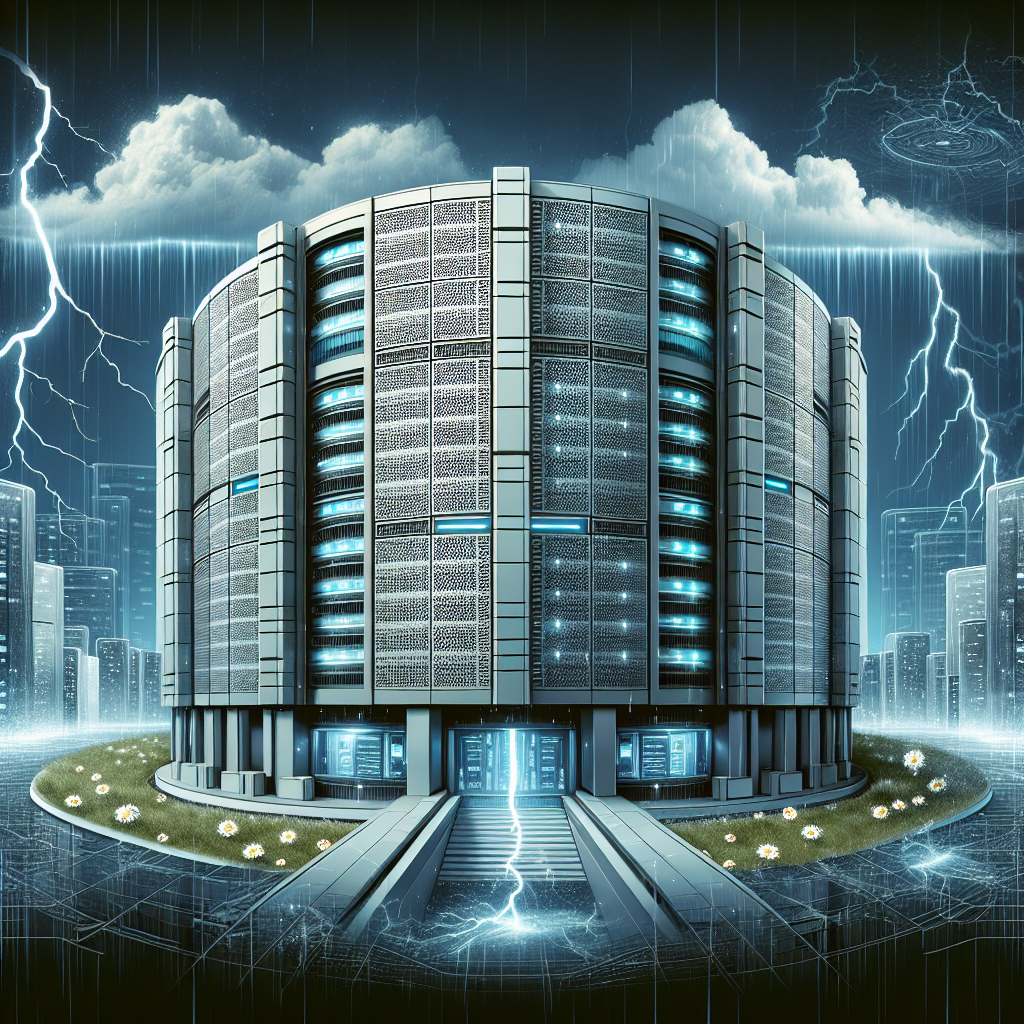In today’s digital age, data centers are the backbone of our interconnected world. They store and process vast amounts of information that is essential for businesses, governments, and individuals alike. However, these data centers are not immune to disasters, whether natural or man-made. From hurricanes and earthquakes to cyberattacks and power outages, there are a multitude of threats that can disrupt the operations of a data center.
In order to ensure data center resilience in the face of disasters, organizations must have a comprehensive disaster recovery plan in place. This plan should outline the steps that need to be taken in the event of a disaster, including how data will be backed up, where it will be stored, and how it will be recovered. It should also include protocols for communication and coordination among staff members, as well as with external partners and vendors.
One of the key components of a disaster recovery plan is redundancy. This means having multiple systems and backups in place to ensure that data can be quickly restored in the event of a disaster. Redundancy can take many forms, from having multiple data centers in different geographic locations to using redundant power supplies and network connections.
In addition to redundancy, data centers must also have robust security measures in place to protect against cyberattacks. This includes firewalls, intrusion detection systems, and encryption protocols to safeguard sensitive data. Regular security audits and vulnerability assessments are also essential to identify and address any potential weaknesses in the system.
Another important factor in ensuring data center resilience is having a strong infrastructure in place. This includes not only the physical infrastructure of the data center, such as cooling systems and power supplies, but also the software and hardware that are used to store and process data. Regular maintenance and upgrades are essential to keep the data center running smoothly and to prevent any potential failures.
Finally, organizations must regularly test their disaster recovery plan to ensure that it is effective and up to date. This can involve conducting simulated disaster scenarios, such as power outages or cyberattacks, to see how well the data center responds. Any weaknesses or gaps in the plan should be identified and addressed promptly.
In conclusion, ensuring data center resilience in the face of disasters requires a comprehensive disaster recovery plan, redundancy, robust security measures, a strong infrastructure, and regular testing. By taking these steps, organizations can weather the storm and ensure that their data remains safe and accessible, even in the face of the most challenging circumstances.


Leave a Reply